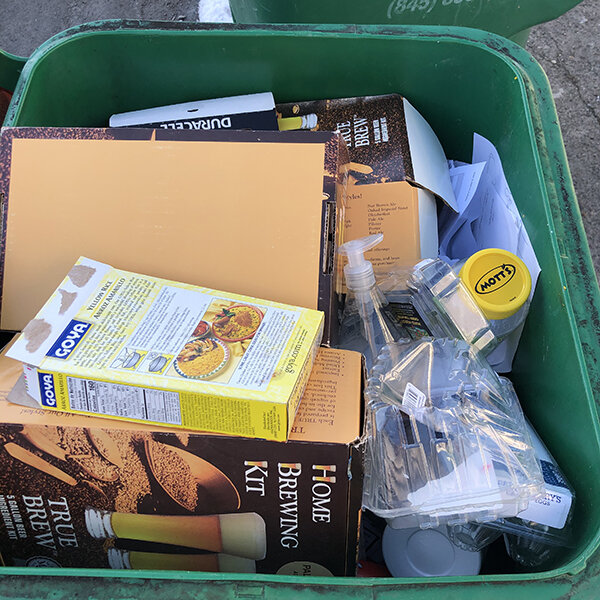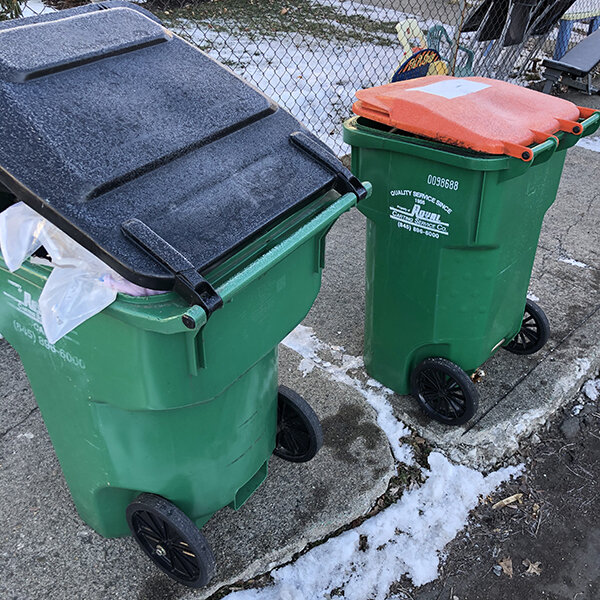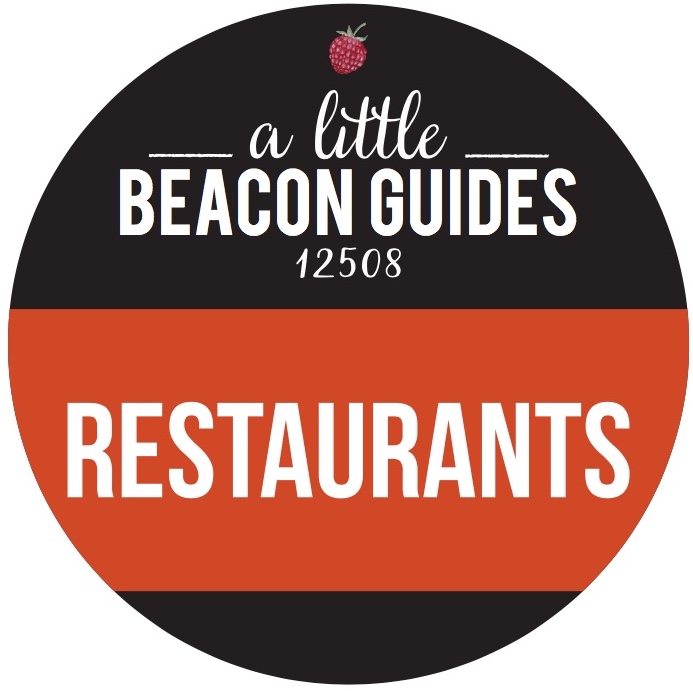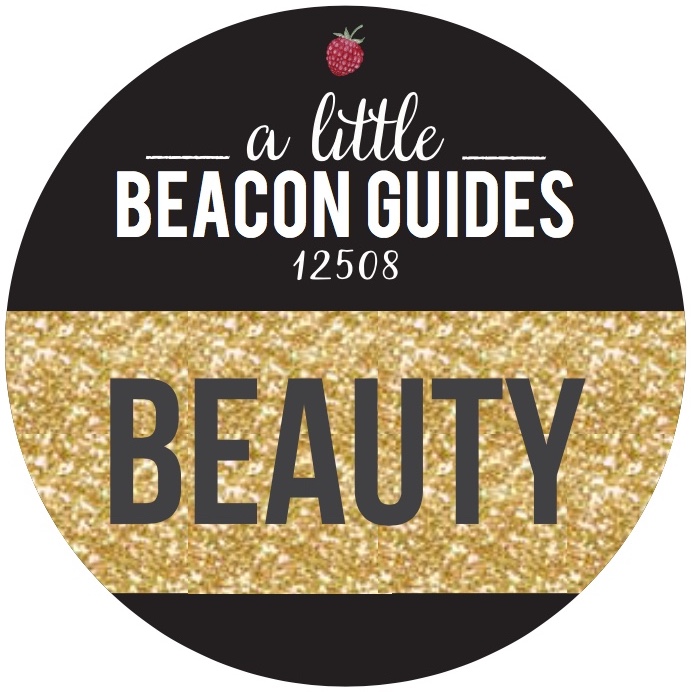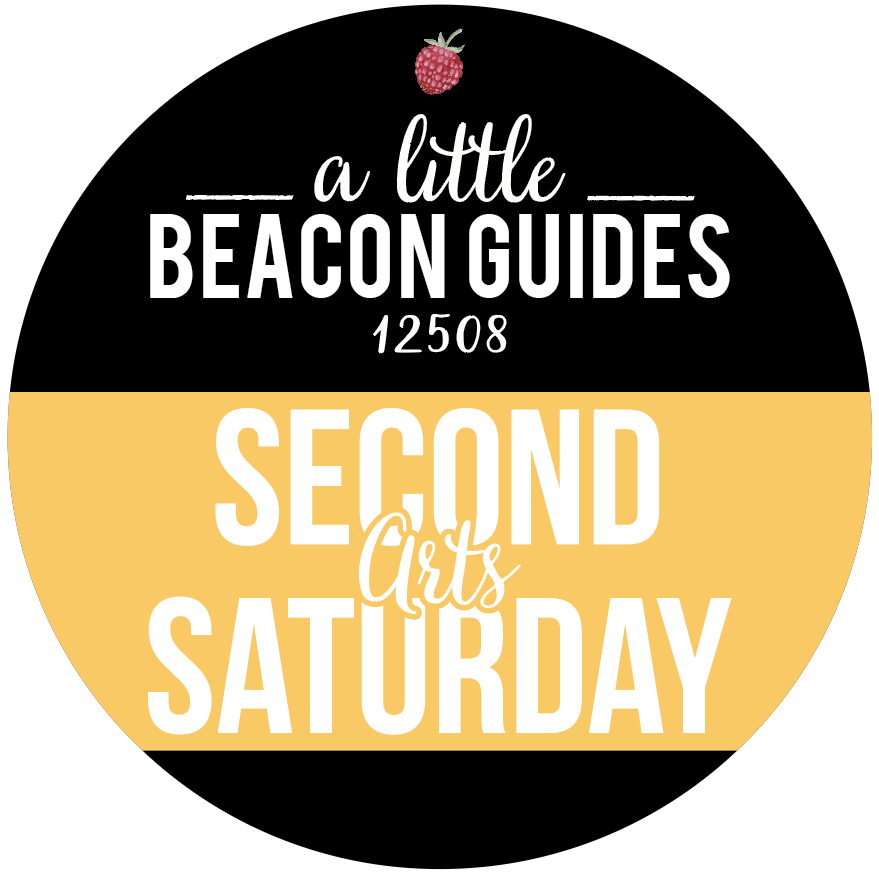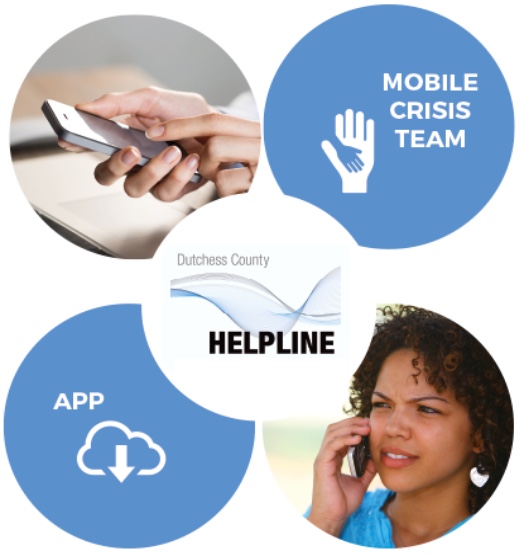The coronavirus expert with WHO in Geneva on the LinkedIn live stream did stress that COVID-19 is a new strand (hence the number 19, for when the virus emerged in 2019, according to Dutchess County’s website), so everything is new. Testing, vaccinations, figuring out symptoms, etc.
The 50-year-old man in New Rochelle in Westchester County who tested positive this week is in serious condition in the hospital for respiratory issues. His wife also tested positive, but she was asymptomatic, according to New York City Mayor Bill de Blasio, as reported by CBSN New York.
The expert at WHO during the live-stream stated: “More than 80 percent of the cases are mild. 96 percent or more of the people in China will recover from the disease.”
She also stated about those who would be most seriously impacted: “People in their 50s … above 40s to very old, up to 80 years old.” She said that children are less affected. Children, however, could also be asymptomatic, as indicated by the CDC. “The people who will have a more severe form of the disease that require hospitalization are people with older age, or people with underlying conditions such as hypertension, cardiovascular disease, cancer, or any other immune deficiency.”
Guidance From Beacon City School District
Superintendent Matthew Landahl, who has young children in the district, issued a letter to families which was also published on the District’s website. In it, he listed what the Beacon City School District is doing to prevent the spread of this new strain of coronavirus:
Open Line Of Communication With Dutchess County Behavioral and Community Health: The District has in-person meetings, webinars, and phone calls with the County. If people test positive, the County and the District will work together on next steps.
Custodial Coverage Increased: The janitorial teams at the schools have been focusing on cleaning all high-touch surfaces using special equipment and products during the flu season. Recently, they increased custodial coverage in all buildings to assist in this.
Hand-Washing Lessons: School nurses and other educators have been providing hand-washing lessons. Wash for 20 seconds, or sing the “Happy Birthday” song twice.
A Little Beacon Blog checked in with South Avenue Elementary’s Principal Laura Cahill, who shed light on how they are following protocol in their elementary school: “We have specific times scheduled between lunch and recess to wash hands. This does not impact the 20 minutes for lunch and 20 minutes for recess. Mrs. White, our RN, has been meeting with each class to show proper hand-washing, and we have been using videos to augment the message.”
Guidance From The CDC
According to the CDC, data for symptoms described generally comes from people who are already hospitalized patients, often with pneumonia.
From the CDC’s Interim Clinical Guidance for Management of Patients with Confirmed Coronavirus Disease 2019 (COVID-19) page:
Frequently reported signs and symptoms include (according to the CDC):
fever (83–98%)
cough (46%–82%)
myalgia (muscle pain or soreness) or fatigue (11–44%)
shortness of breath (31%) at illness onset
“Sore throat has also been reported in some patients early in the clinical course.“
“Less commonly reported symptoms include sputum production (thick mucus), headache, hemoptysis (coughing up of blood or blood-stained mucus from the bronchi, larynx, trachea, or lungs), and diarrhea.”
“Some patients have experienced gastrointestinal symptoms such as diarrhea and nausea prior to developing fever and lower respiratory tract signs and symptoms.”
“The fever course among patients with COVID-19 is not fully understood; it may be prolonged and intermittent. Asymptomatic infection has been described in one child with confirmed COVID-19 and chest computed tomography (CT) abnormalities.”
Source: CDC
Guidance From WHO (World Health Organization)
If you can watch the live-stream on LinkedIn, do. The expert, whose name we cannot verify spelling on at this time, is quite calm and informative. Some highlights from the Q+A:
Who has been dangerously impacted?
She answered that from the data they got from the first affected countries, the most dangerously affected population was “people in their 50s … above 40s to very old, up to 80 years old.” She said that children are less affected. Children, however, have also been asymptomatic. “The people who will have more severe form of the disease that require hospitalization are people with older age, or people with underlying conditions such as hypertension, cardiovascular disease, cancer, or any other immune deficiency.”
Is Coronavirus a cold-weather virus?
She answered: “We don’t know. We are still in winter. Some studies have been done in a laboratory. In the summer, people tend to go more outside. Houses tend to be more ventilated because it's hot. This tends to reduce the spread of viruses. COVID-19 is a new virus we are still learning about.”
How does coronavirus spread?
The expert answered that the virus travels in “small droplets in humidity. It goes to the other person. Droplets cannot travel very far, and need to be very close to people. Droplets can drop on surfaces. If someone touches the surface, then this person touches the surface with the hands, and the hand is contaminated, and touches the face or nose or mouth, then the person can get infected.”
The germ can live on clothing, rugs, fabric for a certain time period.
Should you self-quarantine?
The expert’s answer was that movement is part of life, and that sick people should stay home. “If you stop movement, our life will be very different,” and could “impact people more than the virus itself.” She suggested looking at how to maintain the balance, such as maybe not shaking hands, but developing a new way of greeting someone. “Some people are carrying the disease, but don’t show symptoms. Very hard to stop the virus in those conditions.”
COVID-19 Symptoms she is seeing?
The expert answered: “Depends on the people.” People who show symptoms: “Fever. Sometimes the fever comes after the cough, and it’s a dry cough. Shortness of breath. Shows that your lungs are infected. Some people are vomiting, and have diarrhea. But these are uncommon symptoms in this virus. Fatigue. But fatigue is common in many virus situations.”
Should everyone wear masks?
The WHO expert encouraged a person who is sick to wear a mask. “But really, stay home. Or stay away from others at least one meter,” she said. However, she stressed why people who don’t think they’re already sick should not wear masks, which matches what WHO is saying on their website, which addresses shortages. She said:
“Reserve for people who really need it: health care workers. All people working closely with patients.” WHO says there is a shortage because of panic purchasing.
“If you wear it for many hours, is uncomfortable. Instead of being more cautious, you tend to forget that what is more important is to wash your hands. You can still touch your eyes, and get the virus through your eyes.”
Common Sense Home Hygiene Tips
Keeping your home free of germs is a big job. The byproduct of this new coronavirus could be that you have a really clean home for a while. Quick tips:
Bleach: Use cleaning products with bleach. Dilute bleach in water and wipe things down that way.
Rags or Paper Towels: Use generously. Don’t get stingy and use every square inch and then some. It could keep spreading germs. Just get a new rag and put the dirty rag into the laundry machine.
Laundry: Run the laundry machine all of the time with detergent.
Clothing: If you sneeze or cough on yourself, or if someone does so near you, change your clothes when you get home. Put the clothes directly into the laundry machine and start it.
Vacuum: Vacuum often or when a potentially sick person is in your home. Empty the vacuum dirt right away.
Empty Trash: Maybe your trash cans around the home fill up and stay there. Empty them every day. Spray the can with Lysol or another germ-killing product.
Clean Toilets: Up your game with cleaning that toilet bowl! The Mr. Clean wands are really easy. Using a brush carries germs, so use something disposable (sorry, Environment).
Clean Behind Toilets: The best advice from a home-cleaner is to wipe behind and next to the toilets on the floor. Lots of germs back there.
Change Your Towels: The hand towels in the bathrooms and the ones you shower with. Just keep rotating them. Especially if multiple people are in the house who could be carrying a germ during cold and flu season.
Wash Your Dishes: Some people prefer Dish Pileup in the sink. Like this couple on this Marketplace podcast “Thi$ Is Uncomfortable.” Bite the bullet and just wash ‘em and put ‘em in the dishwasher if you have one. Then wipe your clean sink with soap or bleach. Every day.
Wash Your Hands and Nails: The recommended way to wash hands is to do it for 20 seconds, to wash both the front and back of your hands, and to get the soap under your nails. If your hands start to get dry, get Wonder Salve from a former Beaconite now based in Vermont.
Open The Windows: Like the expert from WHO said, summer helps reduce the spread of viruses because homes tend to be open to the outdoors. if it’s not too cold, open those windows and doors to let the breeze in.
Common Sense Feel-Better Tips
If you feel sick, call the doctor. PM Pediatrics is great as a pediatric urgent care. If you are suffering through cold or flu or coronavirus symptoms, call the doctor, and then if told to self-care, consider the following:
Hydrate: Your body needs those electrolytes, so have Gatorade with sugar on hand (skip the fake-sugar G stuff).
Sleep: Your body needs to sleep. It wants to sleep. Let it.
Breathing Problems: Especially if you are not used to breathing problems, go to the doctor. They can progress very quickly if not treated. If you are prescribed an inhaler, take it and use it. Don’t think that your breathing needs to be worse before you take a puff or nebulizer treatment.
Gatorade Upstairs and Downstairs: If you experience nausea, keep Gatorade upstairs and downstairs. If you’re in bed upstairs, getting downstairs could be difficult. Especially if you are alone. Keep crackers and water with you, too.
Call A Friend or 911 If You Can’t Care For Yourself: If you’re alone, and you can’t care for yourself to feed yourself or get what you need, don’t be shy to call a neighbor, friend, or 911 for help. Calling a friend might infect them, so consider 911 if your regular doctor’s office can’t advise you and you’re in an emergency.
Get All Your Questions Answered By Your Doctor: Sometimes a well-meaning doctor will answer your question by saying: “You can Google it.” This has happened to this blogger more than once. Or, you might hear this answer: “Just do common sense practices,” and won’t give you ideas or reminders. Feel free to press your doctor for a better answer, reminding them that you are in the office right now, speaking to them in person, and would like to hear their full answer to your question, and not Google’s.
Call Your Mom: Or if yours isn’t available, try any mom. A mom might remind you of some home medical trick that you long forgot about. Just call your mom if you’re feeling under the weather and see what she says. Or your dad of course, if your dad did a lot of doctoring in the home.













